It would be nice to pretend, as the so-called theistic evolutionists do, that the study of evolution can be carried out without having any effect on religion. The heart of the matter is that evolution is, by definition, a story of origins, like the myth of Tammus, or Mithra and of many others. This means that it really does supersede another creation story – in particular, the creation story as the very core of Judeo-Christian narrative.
Indian religious philosophy regards the universe as resulting from a non purposive manifestation of, or emanation from, an absolute unity that is not personal in any strict sense.
In the Assyrian inscriptions we find recorded the Chaldeo-Babylonian idea of an evolution of the universe out of the primeval flood or “great deep,” and of the animal evolution out of the earth and sea (cp. Darwin's “warm pond”).
The general idea of evolution in Nature, transmitted from the Chaldeans through the Phoenicians, took strong hold upon Greek thought and was developed in many perverse ways; Aristotle sometimes developed it in a manner which reminds us of modern views.
Hand in hand with evolutionism goes the idea that the Universe is built of four basic elements. In ancient Greece, at the very dawn of philosophy itself, a group who are now called atomists (particularly Leucippus and Democritus) postulated that all matter was formed of “atoms”, which were small, hard and indestructible. They taught that the atoms moved in a void, and that it was in eternal fallings and collisions of them that creates everything in the world (in modern Science, these fallings and collisions were initiated by “Big Bang”). By postulating the void that all atoms “fell” with relation to, they were perhaps the first explicit absolutists in history. They inspired Newton's absolute Space. He speculated, If ever Space had not existed, God at that time would have been nowhere.
Before the end of the 16th century, Galileo has begun expexperimenting with inclined planes and pendula, and had come up with some remarkable results, including that all objects “fall” (or roll down the inclined plane) at the same rate, regardless of their mass or the steepness of the slope.
Let me remind here that Galileo, using his telescope, claimed that he saw the detail of the moon that is invisible to the naked eye. This claim was consistent with the fundamental heliocentric dogma that the earth is one of heavenly planets and in this sense the title of Copernicus's book is to be understood, The Rebvolutions of the heavenly bodies.
Galileo's renderings revealed the moon shadows as craters, hills and valleys. Identifying such Earthlike topography in a heavenly “body” was an important step toward the conclusion that later put him at odds with the Catholic Church: that Earth was not the center of the universe.
Do they see rains on the Moon with their telescopes?
T. Campanella in his Apologia pro Galileo (Frankfurt 1623) was well aware that Galileo's inspiration for seeing the detail of the moon that is invisible was derived from the same source as Muhammad's claim about billions upon billions of virgins inhabiting the “heavenly bodies” built of four philosophical elements. He wrote:
“Galileo also says that water exists on the moon and the planets which cannot be. These bodies are incorruptible, for do not all scholastics contend with Aristotle that they endure without change throughout all time? He describes land and mountains in the Moon and other celestial globes, and not only vilifies immeasurably the homes of angels, but lessens our hope regarding Heaven.
“If the four elements which form our world exist in the stars, it follows from the doctrine of Galileo that, as Muhammed declared, there are many worlds with lands and seas and with human inhabitants. In Surah Fatiha Allah is called the “Lord of the Worlds” (plural). However, Scripture speaks of only one world and of one created man, so that this belief is opposed to Scripture. I pass without comment the opinion that Galileo has revived the heresy that Christ must make atonement for the men who inhabit the stars and die there again; just as formerly it was said that Christ must be crucified a second time in the antipodes, if the men living there were to be saved as we have been saved. In other words, Galileo's Christ was a perpetual pilgrim, like John Paul II was.
Muhammad, for political reasons, rejected the idea of the Biblical Eden planted by God in earth and embraced instead the idea of the Garden of Immortality that the Babylonian myth placed in Heaven. Unlike the Biblical Adam who was simply “sent forth from the garden of Eden” (Gen. 3:23), the Koran's Adam was “sent down from the Garden” (Sura Ta-Ha 20:123). Similarly, in the so-called Gospel of Marcion Jesus was sent down, maybe from a hanging, heavenly garden,” like a certain Clark Kent who can live in Smallville, like huris can live up there:
In the fifteenth year of Tiberius Caesar,
Pontius Pilate being governor of Judea,
Jesus descended (out of heaven) into Capernaum, a city in Galilee,
and was teaching (in the synagogue) on the Sabbath days,
And they were astonished at his doctrine (3:1/4:31)
Muhammad, like the Babylonian godman Etana ascended to heaven on the horse called Buraq. And remember all those killers on the way to the Virgins.
Newton took both impenetrability, and the lawlike behavior of bodies, to be essential features of our conception of body. Inspired by Galileo's idea of “Fall” he imagined the planets are falling to their common center of gravity like apples are falling to the ground of earth.
The first telescopic observations of the moon on record were carried out by the Englishman Thomas Harriot (c. 1560-1621), on the evening of July 26, 1609. However, based on his extant correspondence as well as entries in his notebooks, as in the case of sunspots Harriot did not appear to have drawn any particular physical significance from what he saw.
We know that some people can see phases of Venus with naked eye and maybe Moses was one of them.
One cannot help but wonder, is the moon a heavenly body (like a material girls, or huris) in the Copernican sense, or is it a light serving as a sign: “And God said,. 'Let there be lights in the heaven to divide the day from the night; and let them be for signs, and for seasons, and for days and years.” (Gen 1:14)
We learn from the Mishna Treatise Rosh Hashana 2:8 that “Rabban Gamliel had a chart of moon shapes on a wall, and he would show this to the people, and ask: Was it like this one? Like that one?” And that's exactly what the word 'sign' means.
The Russian Professor of astronomy A.B. Arkhipov in his book Nyerazgadannye Tainy Vsyelennoy (The Unsolved Secrets of the Universe) published in Moscow (2004 ISBN 5-94538-446-1) among the lunar marvels mentions the following astronomical events described in ancient chronicles:
1048 The Armenian Chronicle of Etaum Patmich of the 13th century reads: “In that year, on May 14, in the early night during the New Moon a star was visible on the disc of the Moon. According to Armenian astronomers Barsegyan and Parsamyan an attempt to identify this star with the supernova of 1054 means stretching the truth.
1064 “In those days a star of unusual brightness appeared within the circle of the moon after a few days following her moving away from the sun. J. Malvesius Chronicon (Muratori L.A. Retum Italicarium scriptores. Lib. 14. Milan, 1729, p. 873)
1540 W.S. Cameron's Lunar transient phenomena catalog (NSSDC/WDC-A-R&S 78-03, Greenbelt: NASA, 1978, p. 109) describes a strange engraving depicting a star which appeared On November 26 on the black part of the New Moon
The same catalog mentions that on March 5, 1587 many people saw a star within the circle of the Moon “exactly between the edges of her horns.”
On page 136 of Prof. Arkhipov's book you'll find two copies: one representing a Byzantine coin depicting a star inside the horns of the New Moon (see the flag of Turkey and of other Muslim states) and a similar event as depicted by the pre-Columbian astronomers of Peru.
Cultural blindspots prevent people from seeing things that are perfectly obvious in other cultures. Furthermore, even within a culture that is capable of perceiving something, individuals usually cannot see things until they are educated to them (like the Gestalt Psychology does). Exactly, like Moses was educating his people by giving them the ordinance to look out for the New Moons.
So try it for yourself and you'll see with your naked eyes. You'll see the blue sky through the “cutout” of the new moon, and sometimes the black part of it, which, obviously blocks the view of the blue sky, but not always, contrary to Galileo's claim. And then, you will be bound to ask yourself the question, is Venus a body too if I can see blue sky through the cutout of its crescent. And then, maybe, you will admit that the earth created by G-d as our homeland is totally unique in the Universe. Exactly, like the Torah claims. Everything up there is to remind us of times, and seasons, and years and of other events important for our lives. And then you'll find easily the answer to the question why God created the heaven first: In the beginning God created the heaven and the earth.
Friday, February 8, 2008
Subscribe to:
Post Comments (Atom)



















































































































































































































































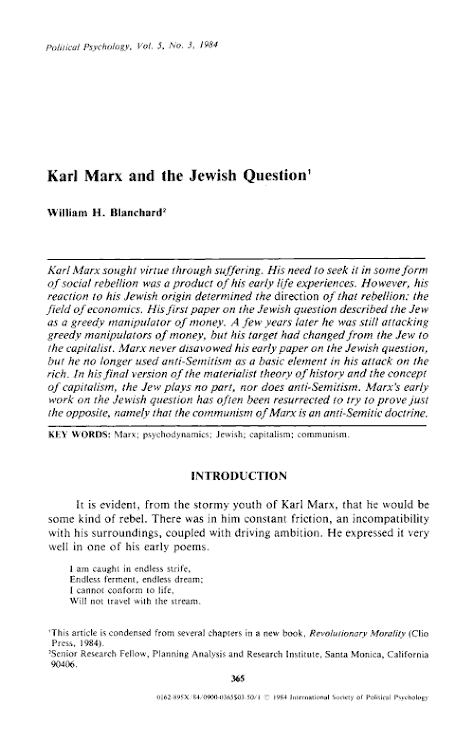











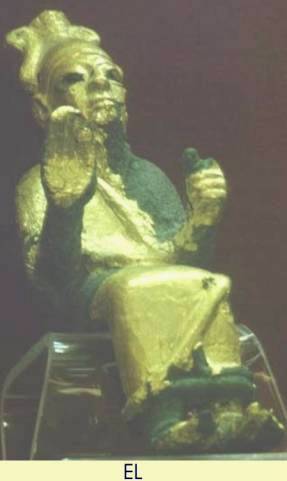

































+Anniversay+Dinner.jpg)





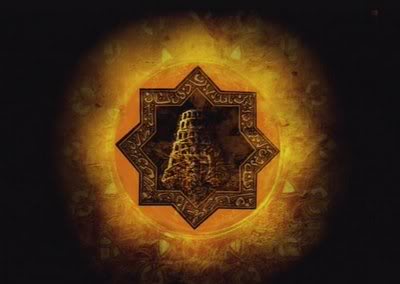









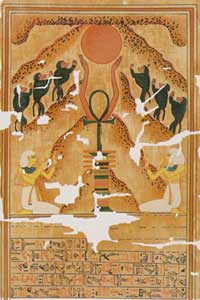








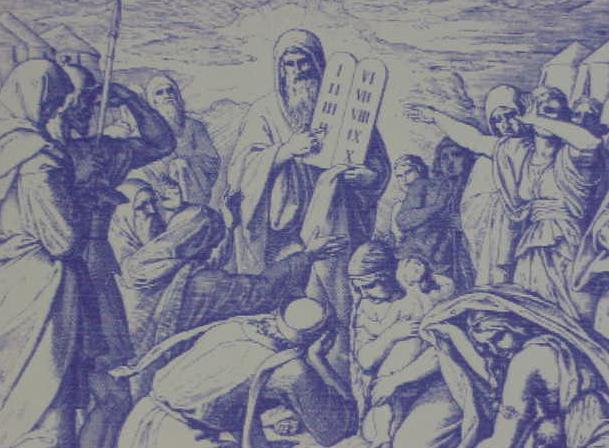
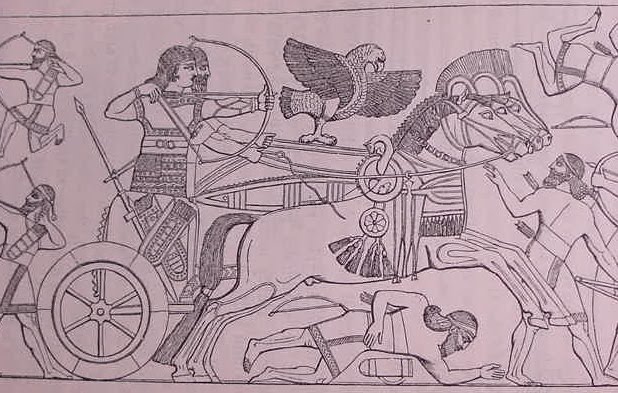
























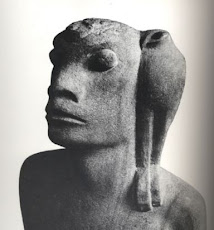












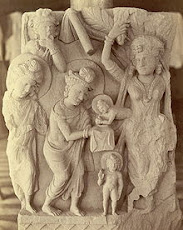








































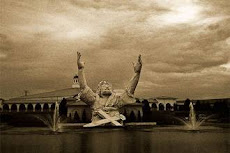














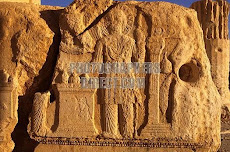

























No comments:
Post a Comment